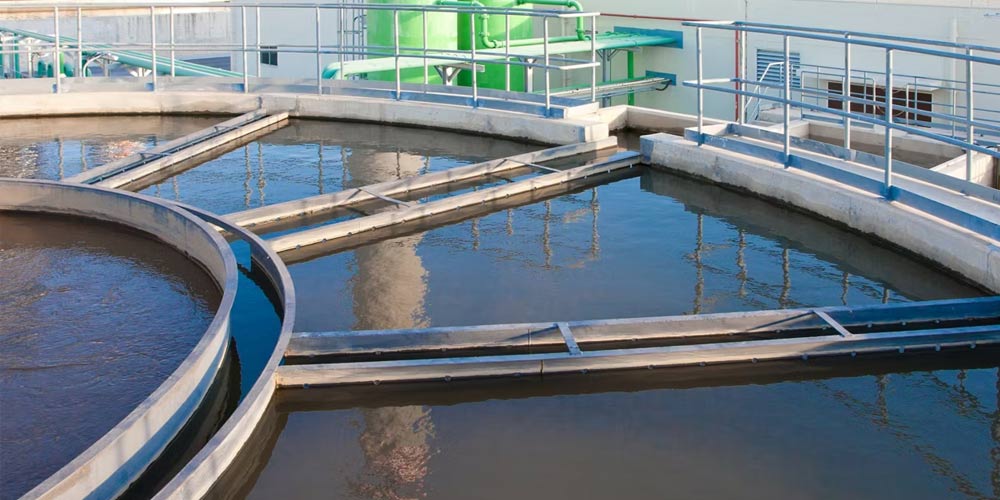A key stage in the wastewater treatment process is the coagulation and settling of suspended solids, a process that relies primarily on chemicals called flocculants. In this, polymers play a vital role, so PAM, polyamines.This article will delve into common polymer flocculants, the application of polymers as flocculants in wastewater treatment, and the functions behind them.
What are the commonly used polymer flocculants?
Commonly used polymer flocculants include cationic polymers, anionic polymers and nonionic polymers. These polymers can be obtained by different synthetic methods and have different cationic and branched structures. In practical applications, it is necessary to select appropriate polymer flocculants according to the specific conditions of wastewater to obtain the best treatment effect. PAM, polyDADMAC, is widely used in industrial wastewater treatment. Polyacrylamide is the most widely used flocculant in the world. These water-soluble polymers are synthetic and can be custom-designed for specific applications by different molecular weights, viscosities, different charge degrees, different forms such as particles, emulsions, etc. PolyDADMAC is widely used in tap water, raw water flocculation, sludge dehydration, paper industry and printing and dyeing industry.
Use of flocculants in wastewater treatment
The main goal of wastewater treatment is to remove pollutants such as suspended solids, dissolved organic matter and colloidal particles from the water to improve water quality. In this process, flocculants play a vital role. By using flocculants, tiny particles and colloidal substances in the water can be caused to agglomerate into larger flocs, which can be more easily removed by sedimentation or filtration. This can not only improve water quality, but also improve treatment efficiency and reduce treatment costs.
Why Polymers can make flocculants ?
Polymers can be used as flocculants mainly because of their high molecular weight and multi-branched structure. These properties allow the polymer to better adsorb onto particulate matter, forming larger flocs that can settle quickly. In addition, polymers can eliminate electrostatic repulsion between particles through charge neutralization, allowing particles to approach and agglomerate together.
The mechanism of action of polymers in wastewater treatment
The mechanism of action of polymers as flocculants can be divided into three steps: charge neutralization, bridging flocculation and net capture. First, the polymer eliminates the electrostatic repulsion between particles through charge neutralization, allowing particles to approach. The polymer then connects the particles together to form larger flocs through bridging flocculation. Finally, these flocs are further aggregated and settled in the water through the sweeping action of nets.
Factors affecting the efficiency of Polymers in treating wastewater
There are many factors that affect the efficiency of polymer treatment of wastewater, including polymer type, dosage, pH value, temperature, stirring speed, etc. Among them, polymer type and dosage are one of the most important factors. Different types of polymers have different charge properties and molecular weight distributions, so it is necessary to select the appropriate polymer type and dosage for different wastewaters to achieve the best treatment effect. In addition, factors such as pH value, temperature, and stirring speed will also affect the treatment efficiency, and the optimal conditions need to be determined through experiments.
Polymers play an important role as flocculants in wastewater treatment. An in-depth understanding of the mechanism of action and influencing factors of polymers can provide important theoretical support and practical guidance for optimizing wastewater treatment processes and improving treatment efficiency. In the future, with the continuous improvement of environmental protection requirements and the continuous advancement of science and technology, it is believed that the application of polymers in wastewater treatment will be more extensive and in-depth.
Post time: Aug-30-2024

